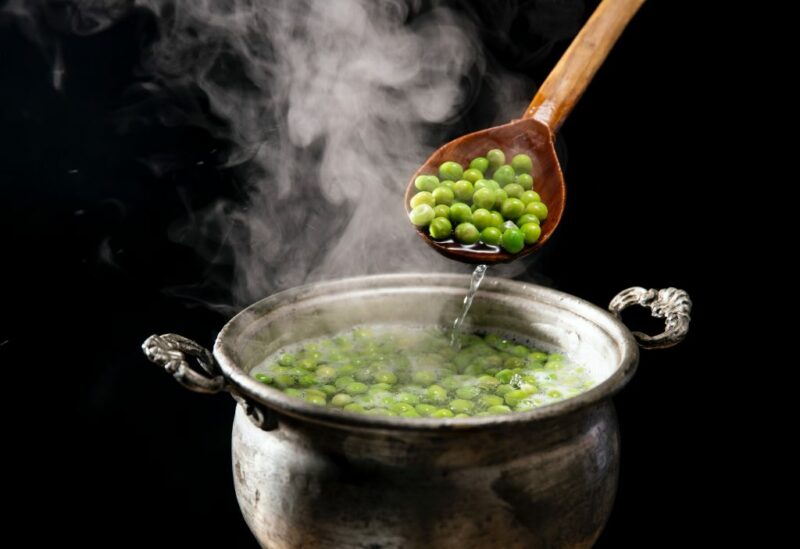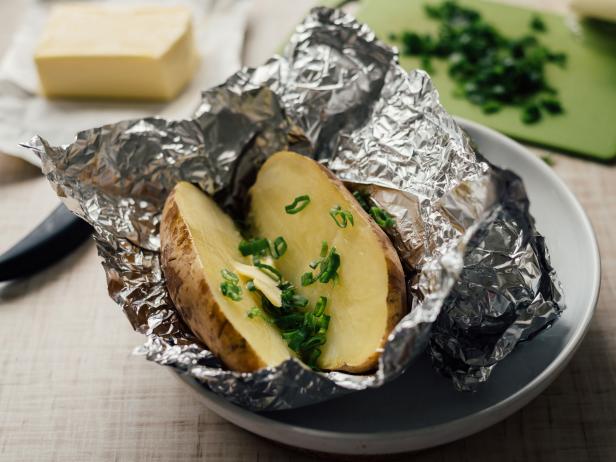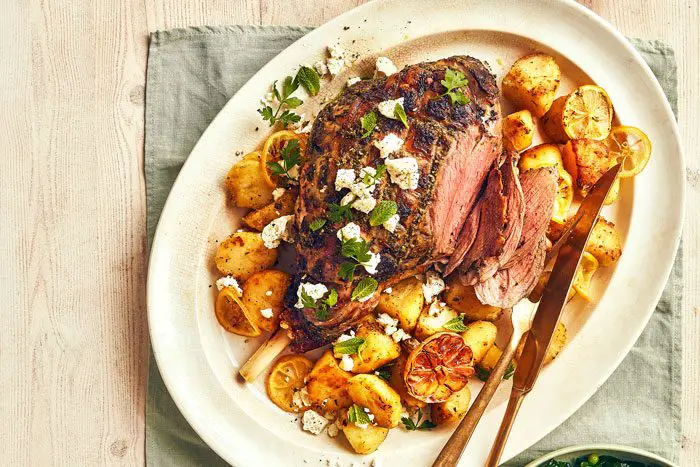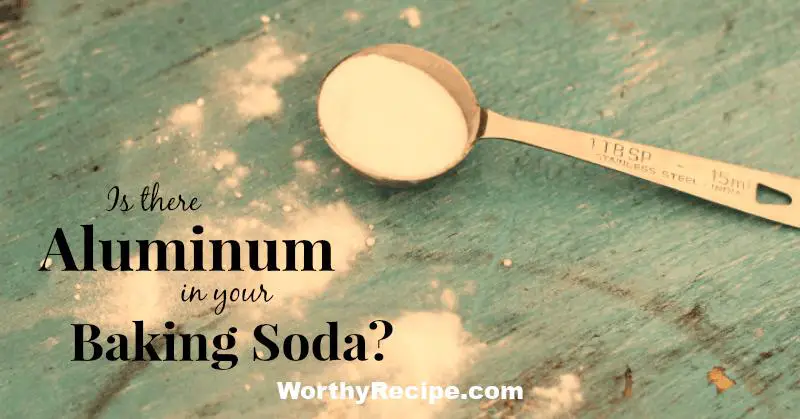What is the Difference Between Steaming and Boiling
When it comes to cooking, there are numerous ways to go about it. Two of these ways involve steaming and boiling, respectively. While both are effective methods of cooking, they differ in significant ways. Understanding these differences can help you prepare delicious, nutritionally rich meals that best suit your needs. In this article, we will explore the difference between steaming and boiling.
Boiling
Boiling is a common cooking method that involves heating food items in water until they cook completely. The aim here is to keep the water in a bubbling state throughout the process. Water boils at 100 °C (212 °F) at standard pressure level (1 atm). Through boiling food items are cooked uniformly since it provides heat on all sides of the food.
How to Boil Water?
Boiling water is a simple process. First, fill a pot with enough water to submerge the ingredient you are boiling completely. You should choose the right size of pot depending on how much water you need to add for boiling purposes. When the water boils and evaporation occurs due to heat transfer from the flame stove, ensure that you keep adding more hot water so that ingredients won’t be half immersed during cooking. Once you add the ingredient, reduce the flame on the stovetop or heat source gradually boil the food item for an adequate time period till it’s cooked entirely and thoroughly.
Benefits of Boiling Food
- Improved taste: Some vegetables cook well when boiled, such as potatoes and carrots. They maintain their natural taste when boiled with flavorful agents.
- Sterilization: Boiling is effective for killing germs and bacteria in food items such as milk, eggs, certain meats, etc. It is a crucial process for decontaminating these foods before you eat them.
Pros of Boiling
- Safe for all food types: Boiling provides effective cooking for all types of food.
- Accessibility: You can use the stove or pot on hand to boil water.
Cons of Boiling
- Vitamins are lost: Boiling can lead to the loss of some vitamins and essential nutrients from food.
- Can overcook: Overcooking can result in nutrient loss and the deformation of the food texture.
Steaming
Steaming, which involves cooking food with steam vapor, is a gentle cooking method that helps to retain nutrients and vitamins. Steaming is done by exposing ingredients to hot vapor inside a steamer or through microwave steaming. This cooking method involves heat transfer from the steam towards every particle of the food providing a uniformly cooked dish.
How to Steam Food?
To prepare vegetables through steaming, set up a steamer basket over boiling water or invest in a microwave steam bag. In a pot, add about two inches of water and place it on rapid heat until boiling. After that, you should put your vegetable slices into the basket once it is on top of the pot. Cover with a lid to trap in the hot steam; cook until desired softness or crispiness – checking on it intermittently to avoid over-steaming.
Benefits of Steaming Food
- Nutrient retention: Steaming is a healthy cooking approach as it encourages nutrients to stay intact while maintaining flavor. By retaining flavors this way, it results in the natural taste of vegetables staying wholesome.
- No added fat: Unlike other cooking methods, steaming allows food items to cook without adding extra oil, butter or other fats.
Pros of Steaming
- Retains most nutrients in the food item: This cooking method helps to retain the maximum amount of vitamins and minerals inside food.
Cons of Steaming
- Restricted by equipment: To steam food effectively, you need to ensure that you have specific equipment. If not, then steaming may prove challenging to execute properly. The equipment required for steaming needs a lot of water for a large pot if you are going to steam large quantities. It may be time-consuming and can be difficult if you’re not experienced in cooking with the method.
- Does not work well for tougher meats: This cooking method is less effective when it comes to tougher meats that have a denser texture as they typically involve longer cooking times under high-pressure conditions. Thus, steaming is not ideal for preparing tougher meat types like beef and pork or fish such as salmon since they are meatier texture and density
Comparing the Two Methods: Steaming vs. Boiling
Health benefits: which is healthier and why?
To choose the best cooking method health-wise between boiling vs. steaming based on nutrient content can become complicated because both serve different purposes when protecting nutrients in different ways. Each method differs in terms of conserving essential vitamins and nutrients when applied to different food types—thus a better choice depends on which vegetable, protein or grain is being prepared.
Nutrient retention: which has more value?
The way you cook your food can play a significant role in how many nutrients you end up enjoying. For instance, boiling can lead to nutrient losses since it causes desirable molecules – vitamins and minerals – to seep out into the boiling water. Whereas, steaming retains most of the nutritional value in food items such as vegetables and seafood because the steamed foods are not submerged in water., overall steaming may be considered the healthier option.
Taste and Texture Comparison
While both cooking techniques may provide favorable results when it comes to healthy eating, there is a difference in taste and texture between boiling and steaming depending on what type of ingredient you cook. Steaming tends to produce meals that are crunchy, fresh, and tastes natural without any added oils or fats while boiled vegetables soak up flavors that deliver a hearty vegetable taste.
Conclusion
In summary, both steaming and boiling are effective methods of cooking. They differ in terms of flavour profile and nutritional benefits. Boiling is a common method that cooks food uniformly but leads to some nutrient loss compared to steaming. While steaming preserves nutrients and provides a natural flavor for your vegetable dish since they’re healthier options if you’re trying to improve your diet. As with any cooking technique, once you’ve learned about each method’s pros and cons, you will enjoy maximum efficiency from these heat-transfer techniques based on the ingredient type you’re cooking.
1. What is the main difference between steaming and boiling?
Steaming involves cooking food by exposing it to steam, while boiling refers to cooking food in a liquid (usually water) that has been heated to its boiling point.
2. Which cooking method is healthier, steaming or boiling?
Both steaming and boiling are considered healthy cooking methods as they don’t require added fats and oils. However, steaming is often considered healthier as it keeps more nutrients in the food.
3. Can you use both methods interchangeably?
It depends on the type of food you’re cooking. Some foods such as vegetables and fish are better suited for steaming, while others like pasta and potatoes are typically boiled.
4. Is one method faster than the other?
Generally, steaming takes less time than boiling as the heat is more direct and focused on the food being cooked. However, this can vary depending on the type and quantity of food being cooked.






